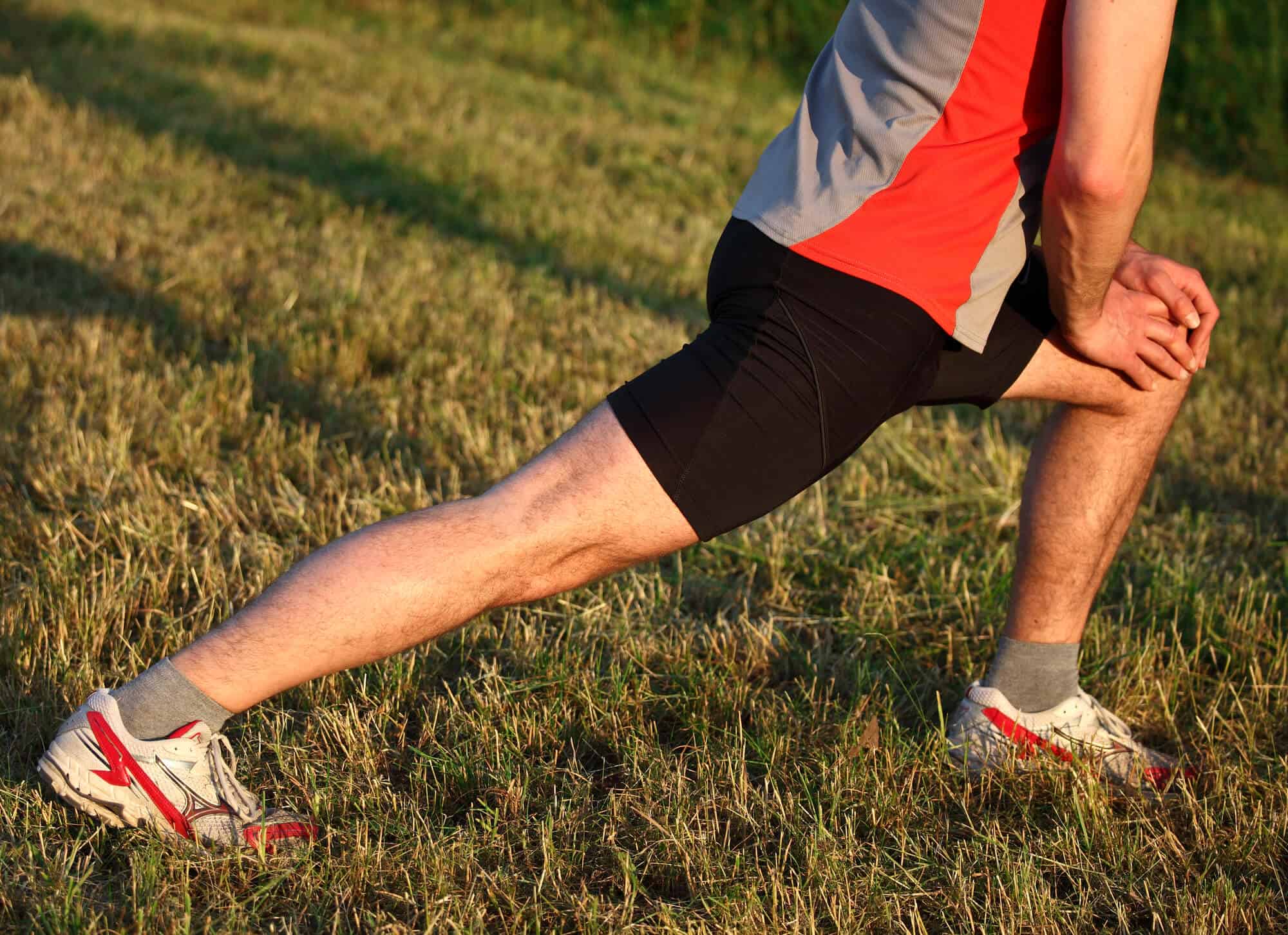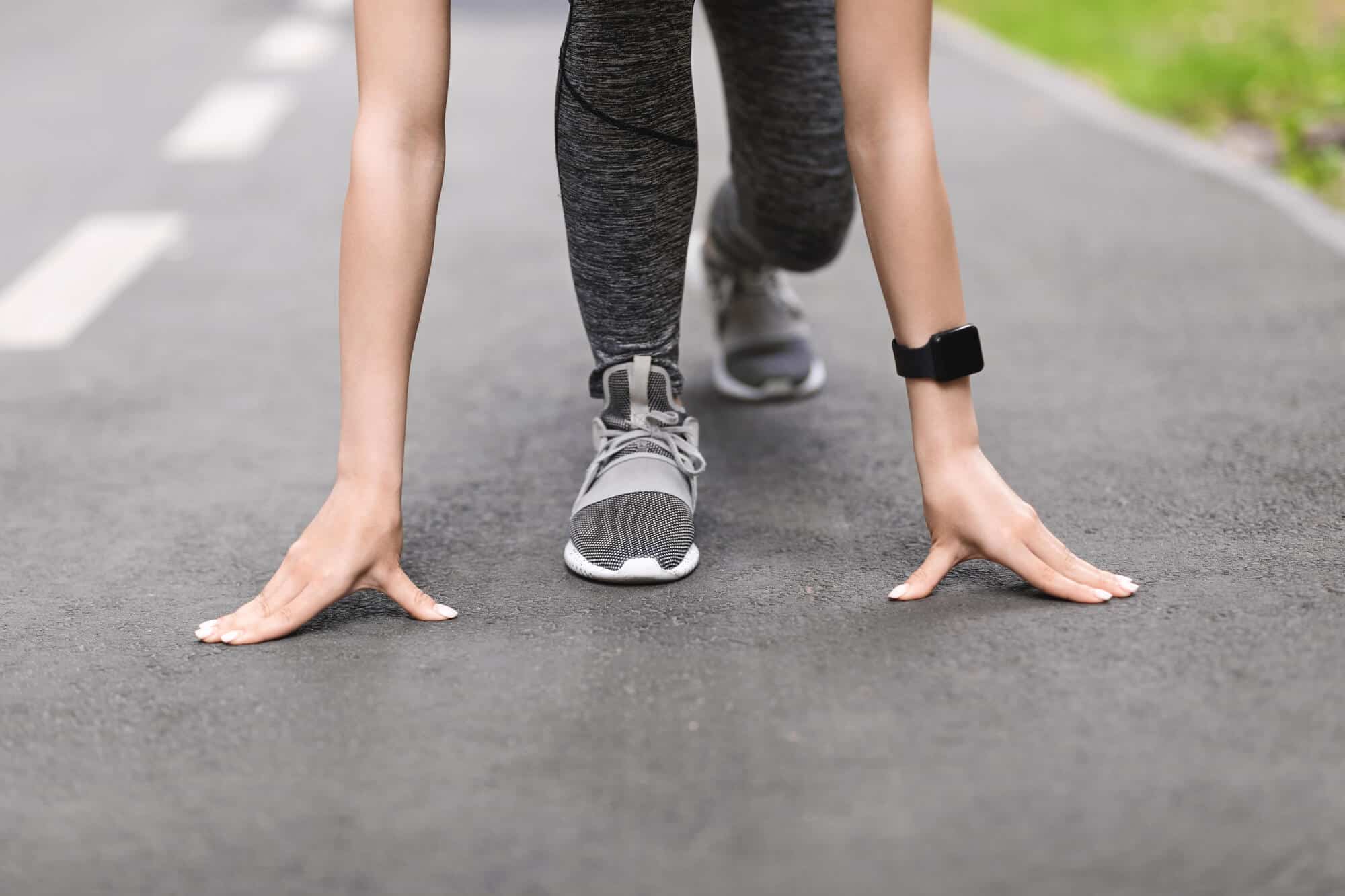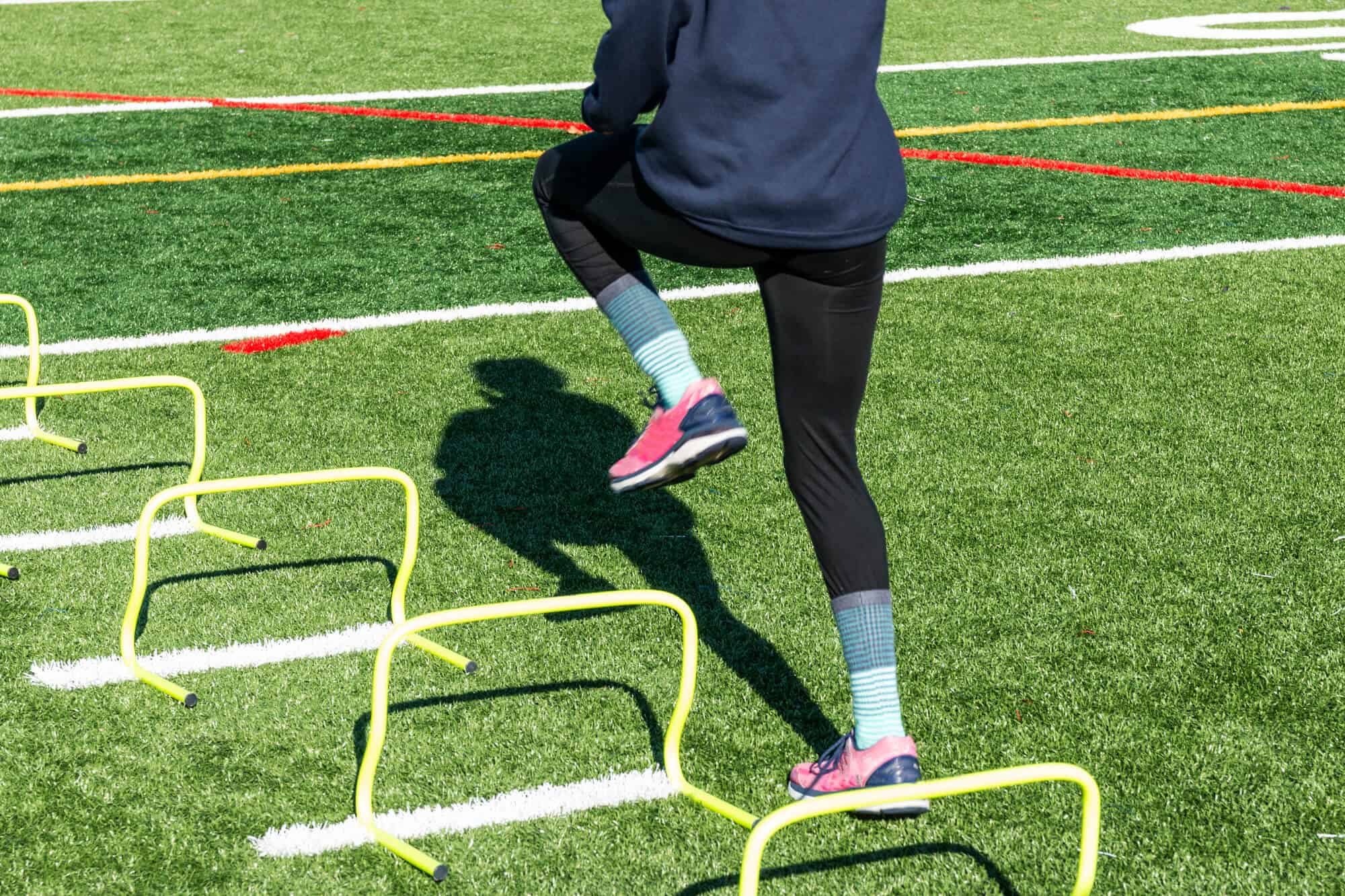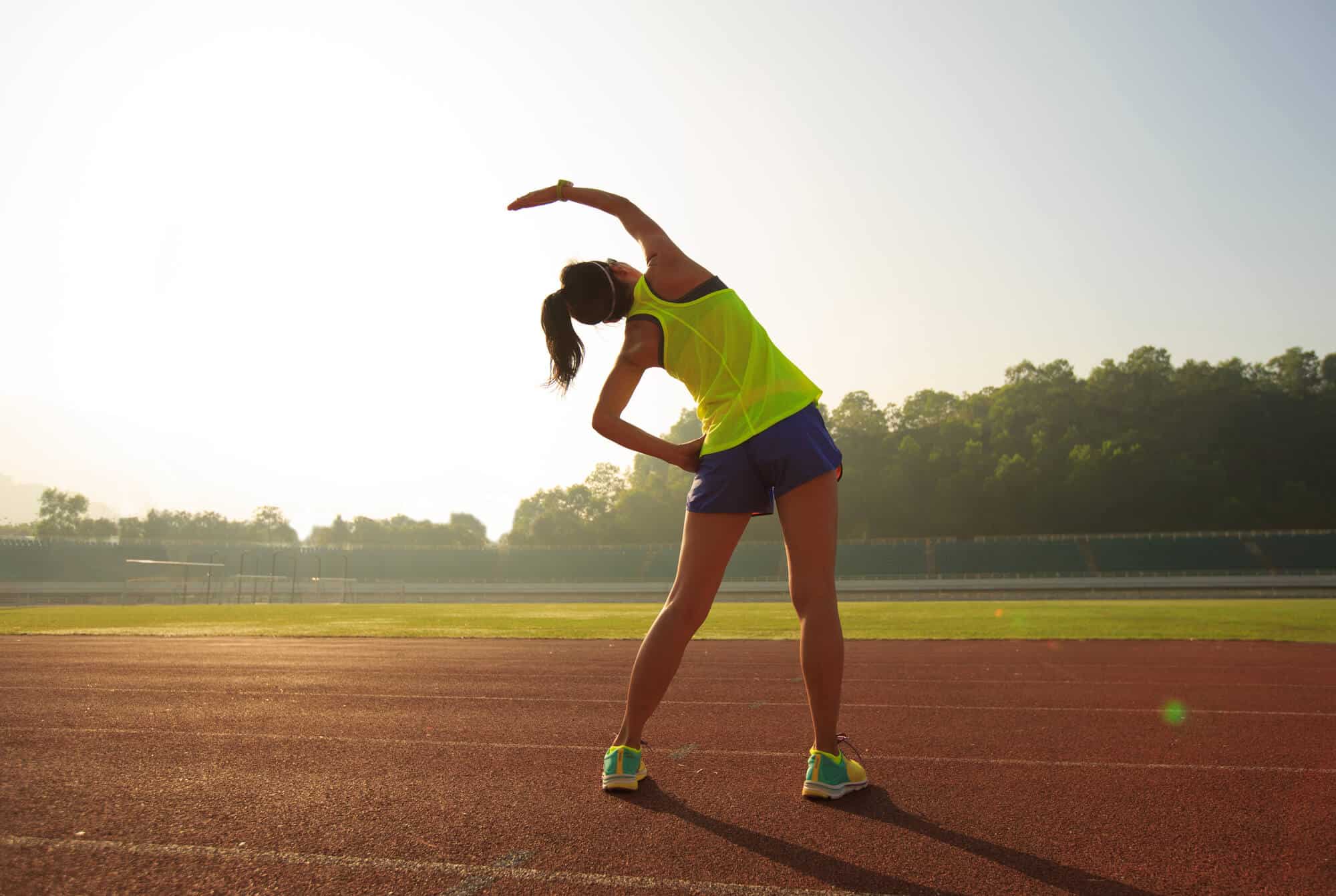Whether you’re training for a 5K or planning to participate in one, partaking in warm-up exercises is crucial to your success. They not only reduce your risk of injury but help you mentally and physically prepare for the race.
In this article, we’ll explore the benefits of a 5K warm up, as well as how to properly do it before a race.
Let’s dive right in!
Why Is Warming Up So Important?
Warming up doesn’t aid in burning calories or even building muscle, but it’s still one of the most= vital steps of physical activity.
Here’s why:
It Increases Body and Muscle Temperature
True to its name, a 5K Warm Up increases your body and muscle temperature.
As the body warms up, your muscles contract and relax more readily, allowing you to partake in strenuous tasks with ease. It also gives your heart a chance to prepare for intense physical activity.
By warming up, you’re gradually increasing your heart rate instead of “shocking” it with sudden physical activity. You’re basically going from 30 to 60 instead of 0 to 60.
It Reduces the Risk of Injury
Perhaps the most significant advantage of warming up is that it greatly reduces your risk of injury during physical activity.
Warming up enhances muscle elasticity, which in turn leads to improved posture and balance, physical performance, and strength.

Warm-up techniques that include stretching, agility, drills, and balance help athletes and runners reduce—and sometimes even completely eliminate—the risk of a lower-body injury.
Your body will be working as a single unit, allowing your muscles and joints to better work together as a team.
It Increases Flexibility
Alongside joint mobility exercises, warm-ups consist of stretching and dynamic movement. These exercises increase the blood flow to your muscles, resulting in better flexibility.
Warm-ups also allow the body to withstand more physical stress as it stretches overactive (tight) muscles. They improve the flexibility of these muscles, allowing you to run freely.
It Helps You Mentally and Physically Prepare for the Race
As mentioned earlier, warming up allows your muscles to relax and loosen up. This physical benefit can extend to a relaxed state of mind.
Jumping straight into the workout without preparing your body beforehand can completely throw you off your game, especially if you don’t have a routine thought out beforehand.
This is why warming up is necessary: it helps you mentally prepare for the physical activity that follows.
In other words, warming up helps you switch into a different mindset before exercising. This not only contributes to the mind-muscle connection but also helps your muscles work more efficiently during the run.
Also, warming up gives you the chance to think of a running route or routine while doing the exercises.
It Lets You Enjoy Your Running More
Warming up puts you in the right mind space for an effective workout. But the benefits don’t just end there.
If you run 5 miles without prior preparation, you’ll probably feel awful and want to stop immediately. Your muscles will burn badly and your heart will pound viciously.
This won’t happen if you warm up beforehand. Warming up gradually ramps up the intensity of your workout, allowing your body to get used to the physical activity instead of plunging it head-first.
This contributes to a positive workout experience overall, which is important if your goal is to run for the long haul.
How to Properly Do A 5K Warm Up Before A Run
Warm-ups differ from activity to activity, so make sure you’re following the right 5K Warm Up technique before going on your runs to guarantee its effectiveness.
For a 5K Warm Up, your routine should consist of three main components: jogging, stretching, and running drills.
You’ll want your blood pumping as much oxygen as possible to replace the first few minutes of the race. This allows you to set off fast from the get-go.
Remember: the shorter the race, the more intense the 5K Warm Up.
Step 1: Steady Jog
Jogging is the fastest and most effective way to get your heart racing, but don’t overdo it to prevent fatigue.
Start the jog at a steady, leisurely pace of 3 to 5 RPE. Taking a brisk walk works as well. Do this for 5 to 10 minutes, but no more than 15 minutes.
While jogging, swing your arms as you would when running. Continue the swinging motion until it feels natural.

Step 2: Dynamic Leg Stretches
To prevent injury and improve your running efficiency during the 5K, your muscles must be loose and responsive.
Stretching is the fastest way to achieve this: it gives your muscles the added flexibility to maintain a range of motion in your joints.
There are multiple 5K Warm Up stretches available, including dynamic stretching, active stretching, passive stretching, and ballistic stretching among others.
For marathons, dynamic stretching is the most effective.
Dynamic stretches closely mimic the movement of the activity you’re about to partake in. It puts the joints and muscles through a full range of motion so they’re all equally “revved” up.
It’s the complete opposite of static stretches where the muscles are held for a period of time, like triceps stretch or the butterfly stretch.
Here are some dynamic stretches to try before the 5K race:
Standing Glute Stretch, 20-30 Seconds per Leg
- Standing, cross your left ankle over your right thigh above the knee. You’ll want to make a number “4” shape with your leg.
- Holding the “4” position, slowly bend your right knee and move your hips down to a partial squat position.
- Stop moving when you feel the stretch on your left glute.
- With your hands on your hips, hold this position for 20 to 30 seconds.
- Return to the starting position and repeat with your other leg.
Hamstring Sweet, 3 Reps per Leg
- Stand up straight.
- Put your left leg forward and plant your heel on the ground.
- Bend your right leg as if you’re about to sit on a chair while keeping your left leg straight.
- Sweep both of your hands towards the ground.
- Hold this position for two to three seconds, before switching to the alternate leg.
- Do 3 sets per leg.
Side Lunge, 30 seconds
- Standing, spread your legs about three feet apart.
- Take a wide step to the right, bending your right knee as you do so.
- Put your weight on your right foot and gently drop to a side lunge. Hold the position for 2 to 3 seconds.
- Stand back up and repeat on your left leg.
- Do this back-and-forth motion for 30 seconds
Straight-Leg Lateral Swing, 12 Reps per Leg
- Standing, place both of your hands on a flat wall or chair for support.
- Shift your weight to your left leg and swing your right leg out to the side in a fluid motion.
- Hold for 1 to 2 seconds before swinging the leg across the front of your body.
- Do this swinging motion 12 times, then repeat on the other leg.
Bent-Knee Forward Swing, 12 Reps per Leg
- Standing, place both of your hands on a flat wall or chair for support.
- Shift your weight to your left leg, then bend your right knee at a 90-degree angle in front of you.
- Push your bent knee towards your chest and hold the position for 1 to 2 seconds.
- Extend the same leg straight out behind you at a 45-degree angle.
- Do 12 reps, then switch legs and do the same on your left leg.
Step 3: Running Drills
After the stretches, do some light running drills.
Running drills greatly improve your balance, form, and overall performance. They also strengthen running muscles and increase your agility.

Here are some running drills to include in your warm-up:
High Knees, 30 seconds
- With your feet hip-width apart, lift your right knee up to your chest.
- Quickly switch to your left knee, bending it up to your chest.
- Continue this movement, quickly alternating from leg to leg until you’re moving at a sprinting or running pace.
- Do this for 30 seconds.
Butt Kickers, 30 Seconds
- With your feet hip-width apart, bring your right heel to your buttocks while contracting your hamstring muscles.
- Bring your right leg down then slowly bring your left heel to your buttocks.
- Perform this motion several times, gradually increasing your speed as you alternate between legs.
- As you do so, pump your arms to work your upper body.
- Do this for 30 seconds.
Is Cooling Down Necessary After a Run?
Cooling down is the opposite of warming up; not just in the name but also in the activity.
Warming up increases your body temperature and heart rate; cooling down decreases your body temperature and lowers your heart rate (and breathing).
It helps the body remove excess lactic acid and other waste products faster, and it also prevents and repairs micro-injuries after the run.
So, yes: cooling down is, indeed, necessary after a run. In fact, it’s mandatory. It transitions your body from work to rest and starts the recovery process as promptly as possible.
Cool downs are especially crucial after a particularly hard run (tempo run, interval run, long run, etc.). The harder the activity, the more essential it is to gradually bring down your heart rate and muscle temperature.
If you immediately stop moving after a workout, your body won’t feel good. The sudden stop might make you feel lightheaded and nauseous. It also increases your risk of cramps and side stitches.
If you experience any of these things after a run, you’re probably not doing your cooldowns correctly. Your cool-downs should include both light jogging and stretching, and should last between 3 to 10 minutes depending on the activity.
Conclusion
There you have it, folks; the best 5K warm up guide for 5K races! The 5K Warm Up above takes no more than 10 to 15 minutes, including the jogging, the dynamic stretches, and the running drills.
The 5K Warm Up shouldn’t consume much of your energy, so make sure you don’t overdo it before the 5K race.
And after the race, spend about 5 to 10 minutes doing some cool-down exercises, like slow jogging or brisk walking, foam rolling, and full body stretches.
These activities prevent muscle stiffness and injury before, during, and after your runs.
Good luck!

